Iraq: Navel of the World
Palace Life
Palaces were a relatively late development in Iraqi city living, about 4,500 years ago. One of the earliest has been found at Kish; some of its wall decorations are on display in the Drapers Gallery in the Ashmolean Museum. Palaces are in some senses larger than life domestic households: more family members, more servants, more rooms, more opulence. The Assyrian palaces in the north of Iraq (9th-6th centuries BC) epitomise the ruler's dwelling. They are built around numerous courtyards, embellished with precious materials from all over the empire, and covered in images of heroic kingship. They embodied the king's roles as pious devotee, wise judge, and brave hunter.
The largest and most magnificent palaces in Iraq's history were built by the Abbasid caliphs in the city of Samarra (9th century AD), on the banks of the Tigris 125 miles north of Baghdad. These palaces were covered from top to toe in intricate painted stucco designs and surrounded by gardens, race courses, and hunting parks. It is said that the building costs of this palace-city were so huge that they bankrupted the caliph's treasury.
Click on the images below to find out more.
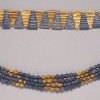 |
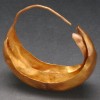 |
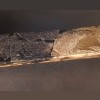 |
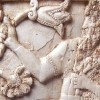 |
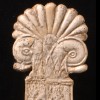 |
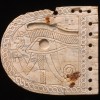 |
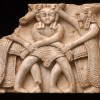 |
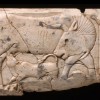 |
 |
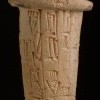 |
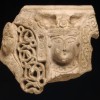 |
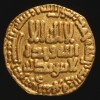 |
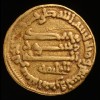 |
 |
Updated on 2004-04-03 · Copyright © The Ashmolean Museum, 2004.
